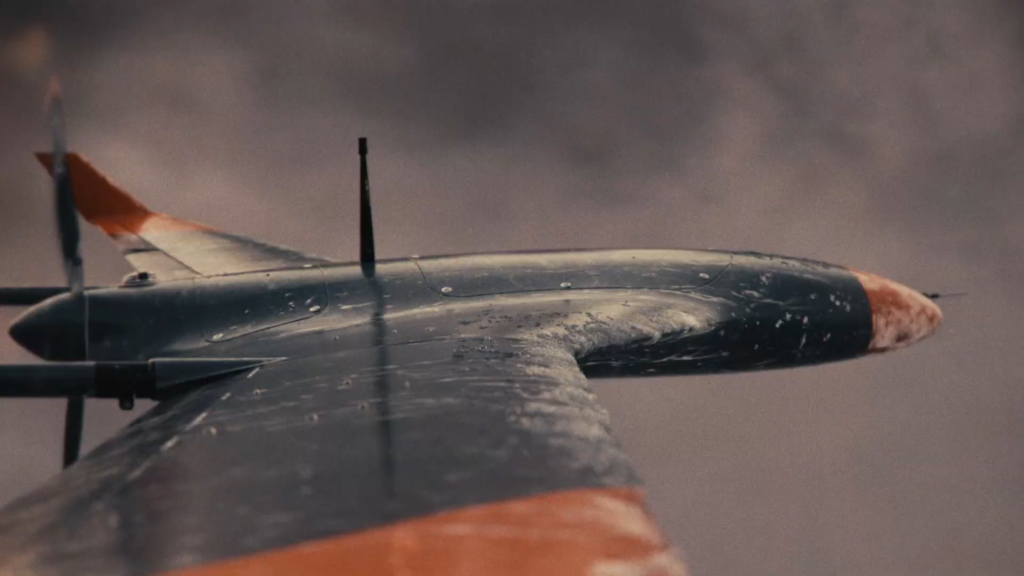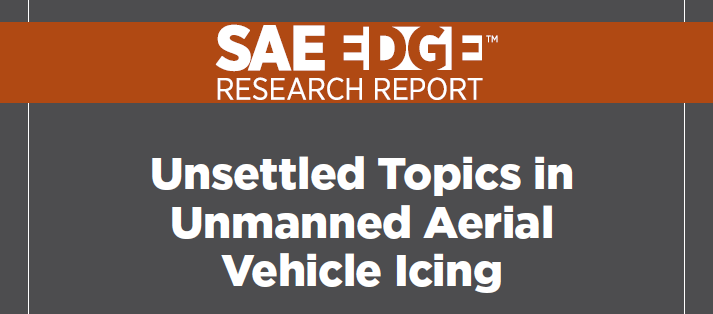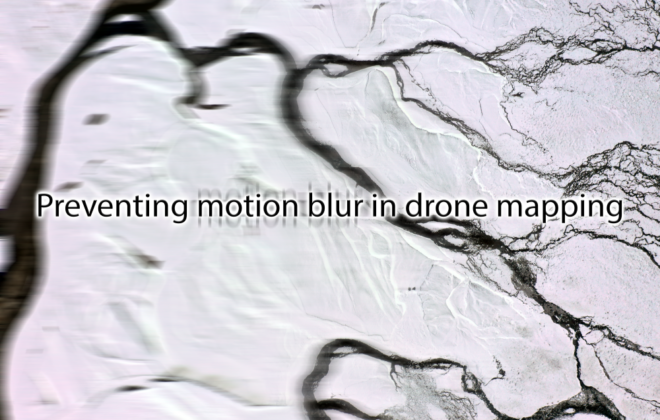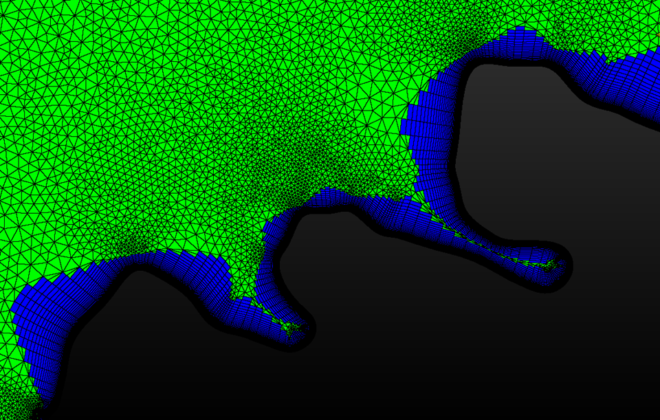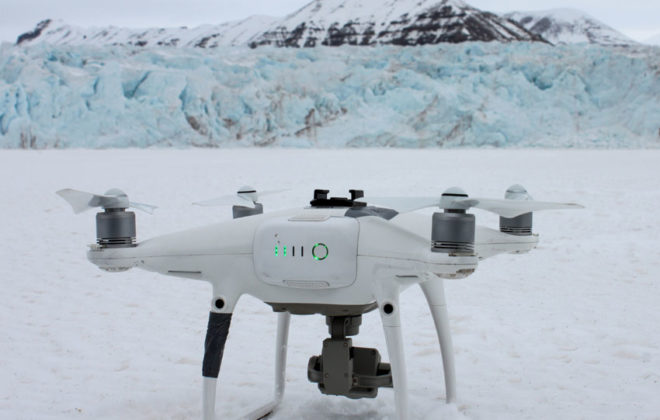SAE Edge: Unsettled Topics in UAV Icing
Atmospheric in-flight icing is a dangerous weather hazard that occurs when aircraft encounter supercooled liquid water in clouds or precipitation. In particular, icing is a major limitation for unmanned aerial vehicles (UAVs) and there are many questions yet to be answered in the field. Earlier this year, I wrote and published a report summarizing these questions for SAE International.
The report is called “Unsettled Topics in Unmanned Aerial Vehicle Icing” and it was published in the SAE EDGE™ research report series in April 2020.
SAE International is a global association of more than 128 000 engineers and experts in the aerospace and mobility industries. The SAE EDGE™ Research Reports focus on unsolved issues within the most significant unsettled technologies. The aim is not to solve these issues, but instead to highlight where further research is needed.
This publication is aimed for a large audience, from UAV manufacturers and UAV operators to legislative bodies like the Federal Aviation Administration. In the report, I identify key topics for further pursuit both on short and long term. Among the short term recommendations are the development of robust ice-detection systems for UAVs, as well as the transfer of mature ice protection system technologies from manned aviation to UAVs.
Among the long term recommendations are the maturation of novel ice protection systems for UAVs with the aim to reduce weight, power, and cost; as well as the implementation of internationally standardized regulations for UAVs in icing conditions.
I am really happy about being asked to write this report – I believe it will raise awareness for the hazards of atmospheric icing and how it limits the use of UAVs and Urban Air Mobility. I would also like to thank my supervisor Tor Arne Johansen for his co-authorship and all contributors that have provided valuable input to this report.
